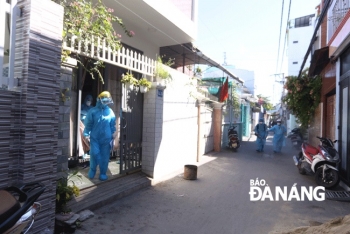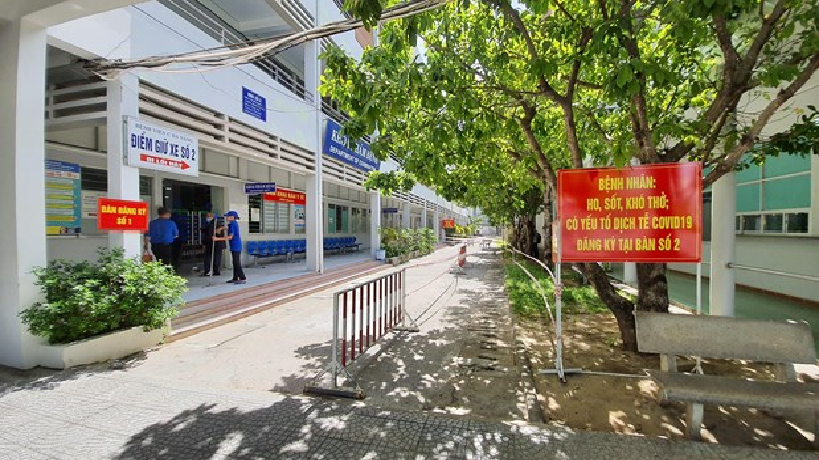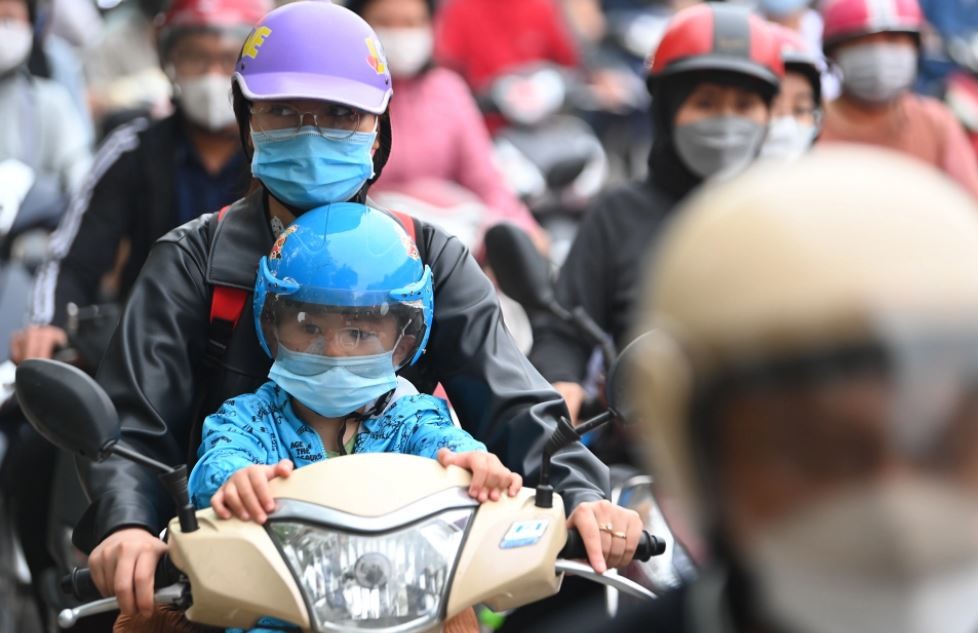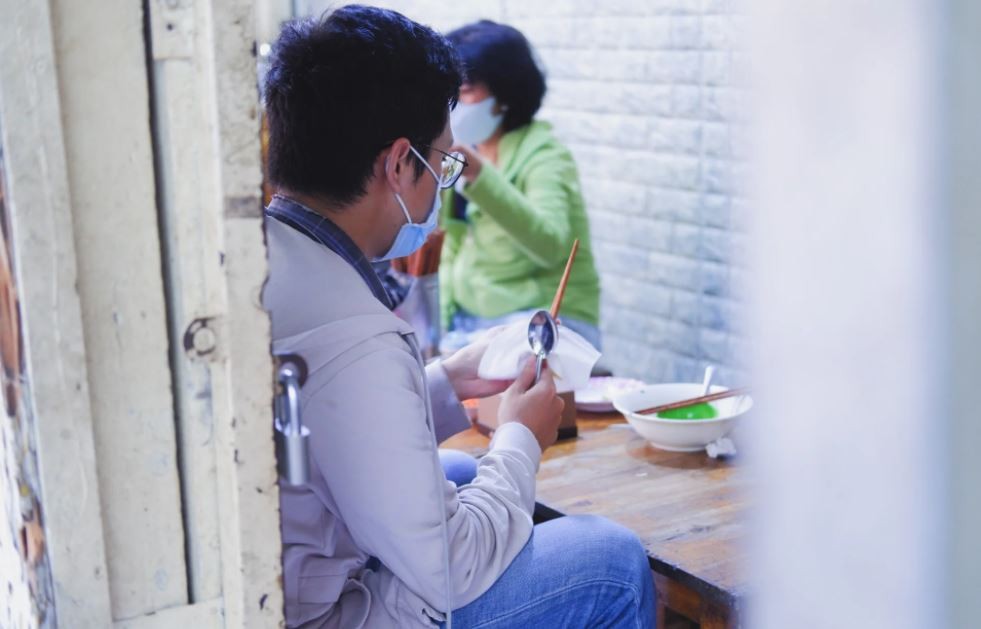Coronavirus in study: discovered 6 different severe levels of the killer-virus
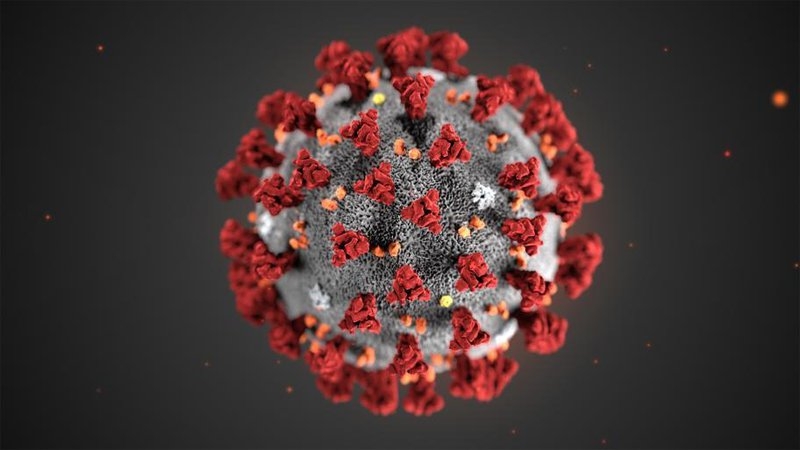 |
| The research group concludes that there are six “types” of COVID-19 can vary by severity and come with their own set of symptoms (Photo: SCMP) |
The discovery, according to CBS news, could potentially open new possibilities for how doctors can better treat individual patients and predict what level of hospital care they would need.
Data from approximately 1,600 U.K. and U.S. patients recorded in a symptom tracker is studied by researchers from King’s College London. The research group concludes that there are six “types” of COVID-19 can vary by severity and come with their own set of symptoms.
The first level, “flu-like with no fever,” is associated with headaches, loss of smell, muscle pains, cough, sore throat, and chest pain. Patients at this level have a 1.5% chance of needing breathing support such as oxygen or a ventilator.
The second type, “flu-like with fever,” includes symptoms like loss of appetite, headache, loss of smell, cough, sore throat, hoarseness and fever. Researchers say about 4.4% of patients at this level needed breathing support.
Patients with the third type, simply described as “gastrointestinal,” do not have a cough as part of their illness. Instead, they experience headaches, diarrhea, loss of smell, loss of appetite, sore throat and chest pain, and about 3.3% needed breathing support.
Dr. Bob Lahita, who is not affiliated with the study, referred to the following three clusters of COVID-19 as the “really severe types.”
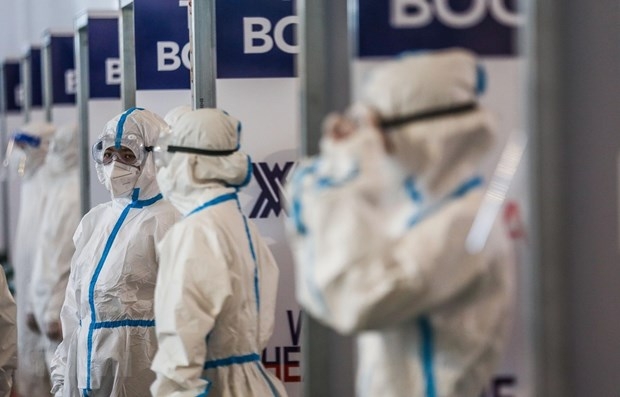 |
| Health workers at a Covid-19 testing station in Manila (Photo: Xinhua) |
In type four, or “severe level one,” patients experience fatigue along with headache, loss of smell, cough, fever, hoarseness and chest pain. Patients at this level needed breathing support at a rate of 8.6%.
Type five, “severe level two,” includes the symptoms of type four along with loss of appetite, sore throat and muscle pain, and is mainly distinguished by confusion.
Cofusion, according to Lahita is the patients don’t know where they are, where they live, whether or not they are in the hospital, who their relatives are.
Almost 10% of patients at that level need breathing support.
The most severe type of COVID-19 is referred to as “severe level three, abdominal and respiratory,” and has all the above symptoms along with abdominal pain, shortness of breath and diarrhea. Nearly 20% of these patients need breathing support.
Those patients belong to this group wind up on a ventilator, and their survival rate remains uncertain. They also tended to be older or with pre-existing conditions and weakened immune systems, compared to those in the first three.
“I think it’s very, very interesting,” Lahita said. “I’m very happy that these six types have been identified and can give us an idea of a prognosis going forward for patients who are afflicted with this virus”.
| According to OzarkFirst, the six clusters of symptoms outlined in the study are: Type 1. Flu-like with no fever: Headache, loss of smell, muscle pains, cough, sore throat, chest pain, no fever. Type 2. Flu-like with fever: Headache, loss of smell, cough, sore throat, hoarseness, fever, loss of appetite. Type 3. Gastrointestinal: Headache, loss of smell, loss of appetite, diarrhea, sore throat, chest pain, no cough. Type 4: Severe level one, fatigue: Headache, loss of smell, cough, fever, hoarseness, chest pain, fatigue. Type 5: Severe level two, confusion: Headache, loss of smell, loss of appetite, cough, fever, hoarseness, sore throat, chest pain, fatigue, confusion, muscle pain. Type 6: Severe level three, abdominal and respiratory: Headache, loss of smell, loss of appetite, cough, fever, hoarseness, sore throat, chest pain, fatigue, confusion, muscle pain, shortness of breath, diarrhea, abdominal pain. |
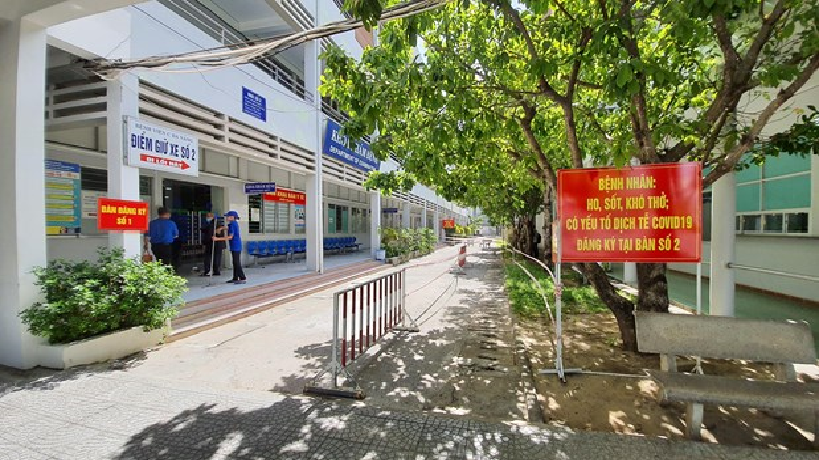 | Two new COVID-19 local infections put Vietnam on high alert again Vietnam has been back on high alert for COVID-19 after two cases of community transmission were confirmed in the central city of Da Nang over ... |
 | Global economy struggles under COVID-19’s impact While the COVID-19 pandemic has pushed South Korea into a recession, Australia is facing a huge budget deficit, the UN is seeking to support the ... |
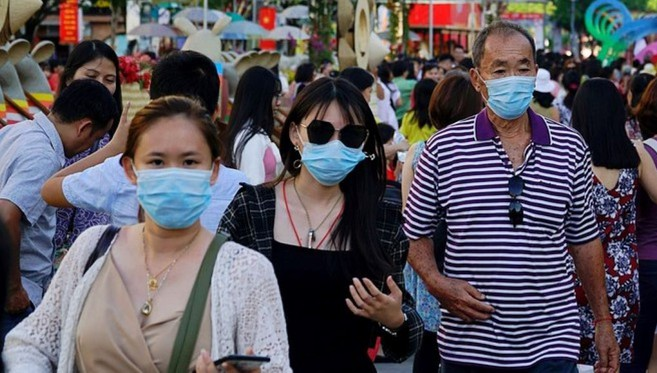 | COVID-19 (July 25): Hanoi requires wearing mask in public places Considering the high risk of Covid-19 pandemic, Hanoi requires continued implementation of prevention and control measures, starting with quick tests, hands washing, and masks wearing in public places. |
Recommended
 World
World
Thailand Positions Itself As a Global Wellness Destination
 World
World
Indonesia Accelerates Procedures to Join OECD
 World
World
South Korea elects Lee Jae-myung president
 World
World
22nd Shangri-La Dialogue: Japan, Philippines boost defence cooperation
 World
World
Pakistan NCRC report explores emerging child rights issues
 World
World
"India has right to defend herself against terror," says German Foreign Minister, endorses Op Sindoor
 World
World
‘We stand with India’: Japan, UAE back New Delhi over its global outreach against terror
 World
World


